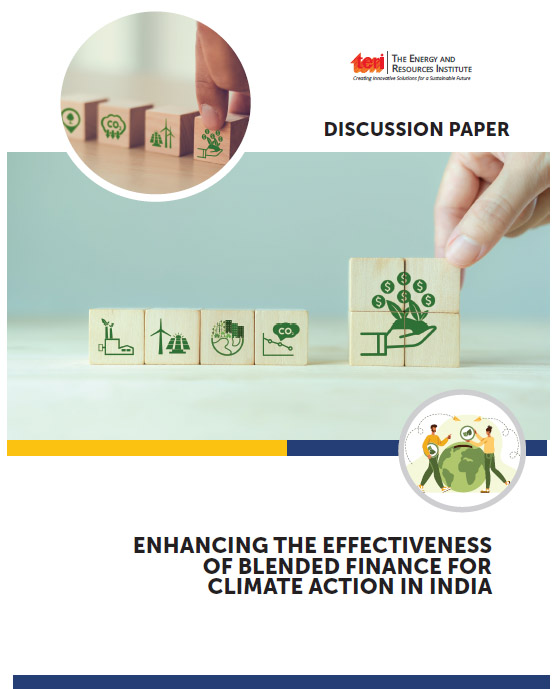ENHANCING THE EFFECTIVENESS OF BLENDED FINANCE FOR CLIMATE ACTION IN INDIA
Mobilizing private finance for climate action has become a central concern in both global and national finance agendas, particularly as public funding alone is insufficient to meet the growing investment needs for mitigation and adaptation. Blended finance—defined as the strategic use of public or concessional capital to attract private investment—has emerged as a promising tool to bridge this financing gap. However, despite its potential, its application remains limited in emerging markets like India due to structural barriers, regulatory constraints, and a lack of institutional coordination.
This paper examines global and Indian climate finance trends, highlighting persistent shortfalls in private sector participation and skewed investments toward mitigation over adaptation. With India's clean energy investment needs projected to rise to over USD 250 billion annually by 2030, current flows fall drastically short. Although India has initiated several policy reforms to promote climate investments, the blended finance ecosystem remains nascent and faces challenges, including legal ambiguity, limited credit enhancement mechanisms, and underdeveloped risk-sharing structures.
The paper argues that beyond financial structuring, enabling regulatory and policy frameworks—such as green taxonomies, streamlined tax regimes, and public guarantees—are critical to unlocking greater private capital. A combined approach integrating financial innovation with supportive policy instruments is essential to scale blended finance and align with national and global climate goals.

